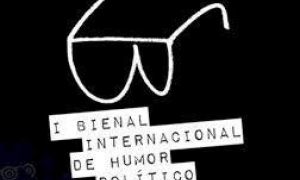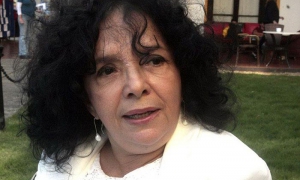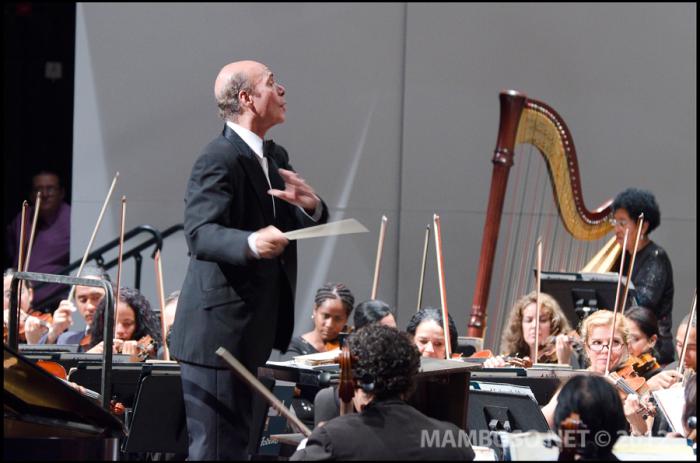
While the echoes of maestro Leo Brouwer’s Les Voix Humaines Festival and Mozart-Havana 2015 can still be heard, the Havana Contemporary Music Festival suddenly arrives (November 14-22).
This year’s is the 28th edition of an event which has seen the presentation of thousands of works, world premiers and national debuts, noted President of the festival maestro Guido López-Gavilán.
”Our aim is to publicize what’s being done in the world and in Cuba in regards to musical development; we want people to hear the latest musical offerings of the 21st century.”
The compositor and orchestra conductor noted that the festival program once again includes the most diverse choir, vocal and instrumental formats.
Concerts will be held in a range of fantastic venues around Old Havana (the Saint Francis Basilica; San Felipe Neri Oratory and Ignacio Cervantes Hall) and Vedado (Casa del ALBA; Casa de las Américas, the National Theatre’s Covarrubias Hall and UNEAC’s Villena Gallery).
The extensive guest list features musicians such as Mikkel Andersen (guitarist/Denmark), Ada Gentile (composer/Italy); Italian Chamber Choir trio composed of Adriano Ambrosini (piano), Anne-Sophie Freund (violin) and Tommaso Benciolini (flute); Argentine pianist Daniela Campisi, and the Hansori Ensemble (South Korea).
López-Gavilán highlighted the participation of large group of U.S. artists, some from the American Composers Forum, “Who put out a call to bring works to Havana and received 400 applications, from which they selected 10 composers,” as well as the Third Sound Ensemble.
Maestro López-Gavilán (1944), the festival’s longstanding director who has transformed the event into a prestigious international affair, spoke briefly to Granma International at the National Union of Writers and Artists of Cuba’s Hurón Azul Hall.
Can you tell us about a few key elements of contemporary Cuban and global music?
That’s a broad question and difficult to answer. Perhaps the most typical feature is that it is acceptable to use everything that has been composed to date. There have been periods in which the global consensus has focused on a specific aesthetic, for example the twelve-tone technique (dodecaphony), improvisation (aleatoricism) and post-romanticism. Certain methods become fashionable. For some years now people have been doing what I’ve always done, making use of everything and expressing it in your own way. I’ve never limited myself to a single technique.
I would say that there are almost as many methods as there are composers. The use of contemporary elements is very liberal. Added to this are obviously the possibilities offered by electronic devices, electro-acoustics, electronic music which according to Djs is the combination of seemingly unending rhythms, a style has become fashionable above all among sectors of the youth, and this is also valid, as it broadens the horizons of contemporary music. This is the context in which our composers move. I would say that in Cuba there exists a strong tradition - in which I participate from this broad vantage point - of reflecting the nation in one way or another.
When you say reflecting the nation, what does that involve?
I don’t necessarily mean the use of maracas or a tambor. I’m not against using maracas or a bongo, it was Amadeo Roldan for example who thought of including them in a symphony orchestra in 1925.
When I say reflecting the nation, I am talking about melodic ornaments, distinct musical moods, certain rhythmic modules and even sometimes our own way of being. I remember a work by Juan Blanco called “Circus toccata” in which he uses an electro-acoustic band, but also adds a paila (kettledrum) and a bongo drum. The song performed by Guillermo Barreto and Tata Güines was a hit wherever it was played. A very Cuban work given the instruments, and its improvisational character. So there are lots of ways to reflect the nation.
It’s said that the public prefers music from the Romantic period and has a skeptical attitude toward contemporary sounds. Is that so?
Yes and no, it’s like everything. Firstly, Chopin for example is a great musician and exponent of romanticism, a beautiful style of music usually associated with the virtuosity of the performer and is very appealing. Secondly, one of the characteristics of contemporary music - which is no longer considered so modern, as Stravinsky and Schoenbergare sometimes regarded as contemporary musicians although their compositions date back to a century ago - is to break with the norm, carve out new paths, experiment, and all this is tantamount to people still going back to what they already know, what they prefer. It’s a human tendency, always looking for something new, but this experimental sound carries with it a certain skepticism, as you rightly said.
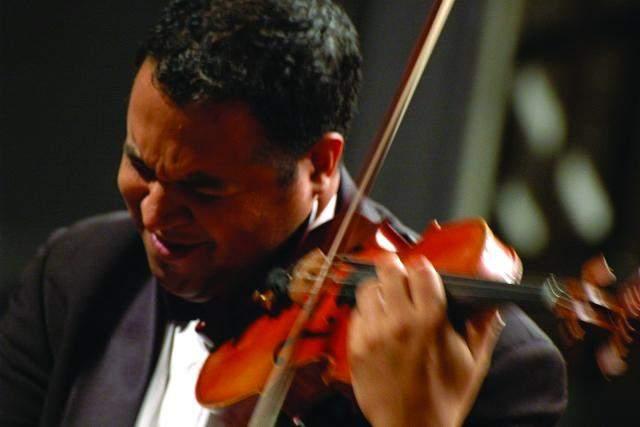
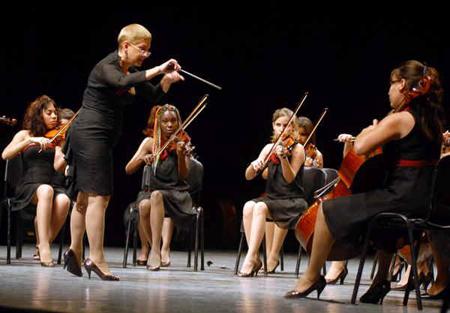
It’s also worth noting that in the early 20th century creating music was about doing things that went against the norm, popular tastes. It was a reaction to the wars, a crazy situation and there was this desire to rebel against this reality, and a way of achieving this was by breaking with the norm, which gave birth movements such as Dadaism, furturism, all the “ism”s. It was all about breaking with, provoking, established tastes. This has changed a lot. Now in the 21st century there exists a broad variety of views and the focus is on mixing elements and communicating. I try to communicate with the public. Using my own language and at the same time that of the people around me.”
This last statement is manifested in many ofmaestro López-Gavilán’s works; in his musicality; passion; elegance; refined sensibility toward the colors of sound.
Standing out among his musical repertory are pieces such as “A modo de adivinanza”; the emblematic “Camerata en guaguancó”; “Habanera sensual y contradanza caprichosa”; “¡Qué saxy!” (composed for a saxophone quartet); “Mambo” and “Danzoncello,” which will be performed by the National Symphony Orchestra during the festival, a continuation of his long list of personal works combining symphonic forms with traces of traditional Cuban music.
The capital’s musical spaces will once again be enveloped with valuable works performed by expert musicians during the 28th Havana Contemporary Music Festival. A perfect formula to familiarize the public with contemporary chamber music.


